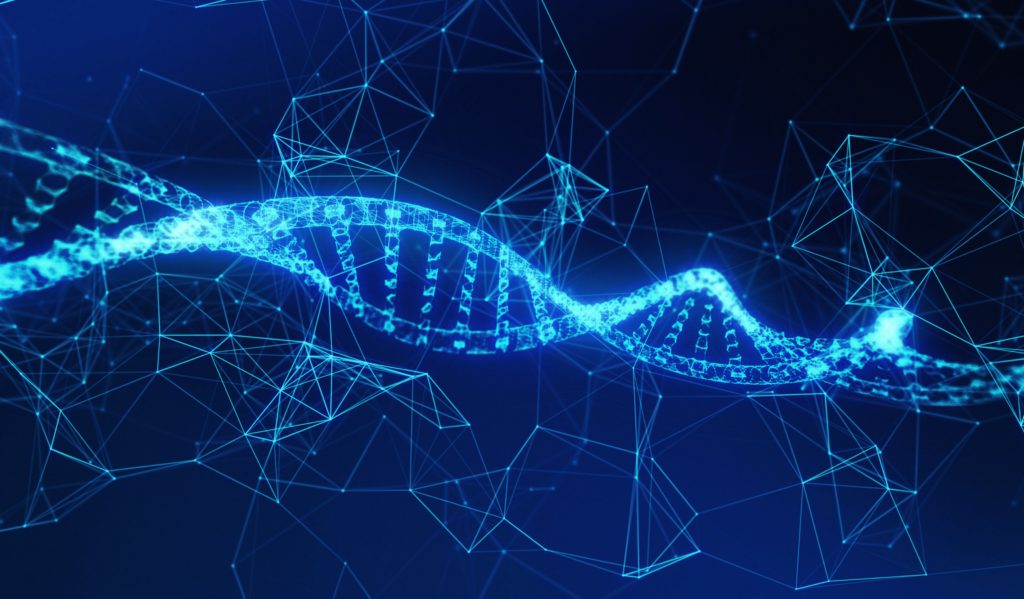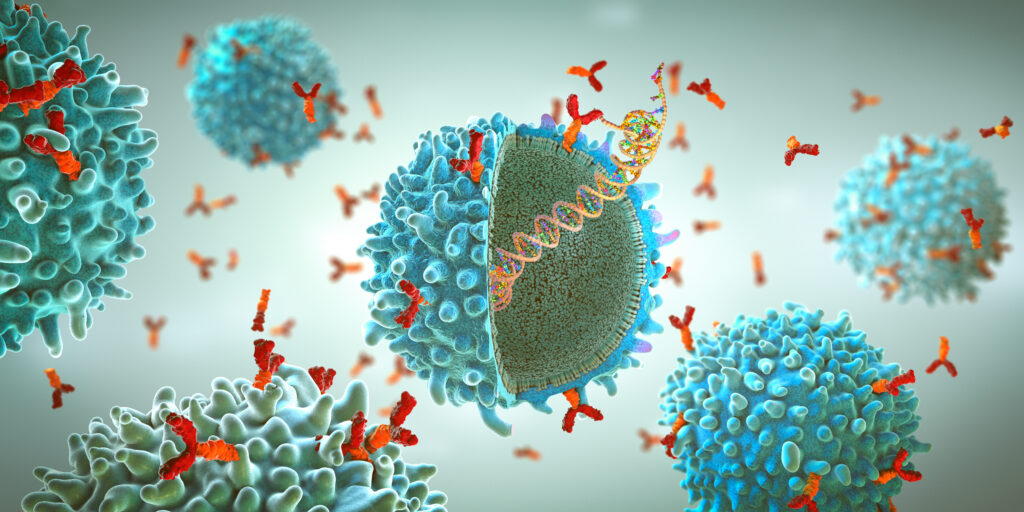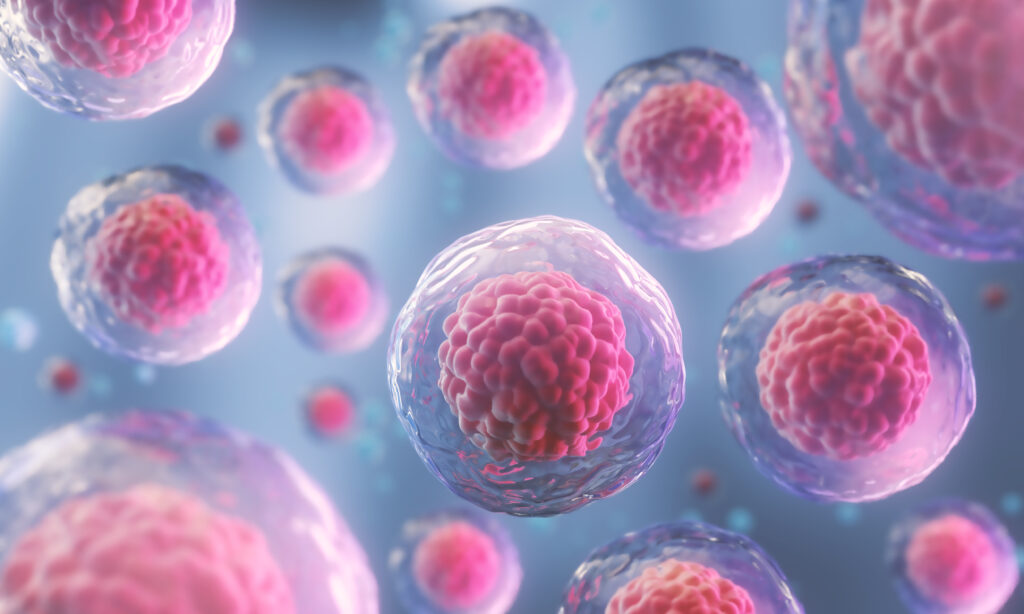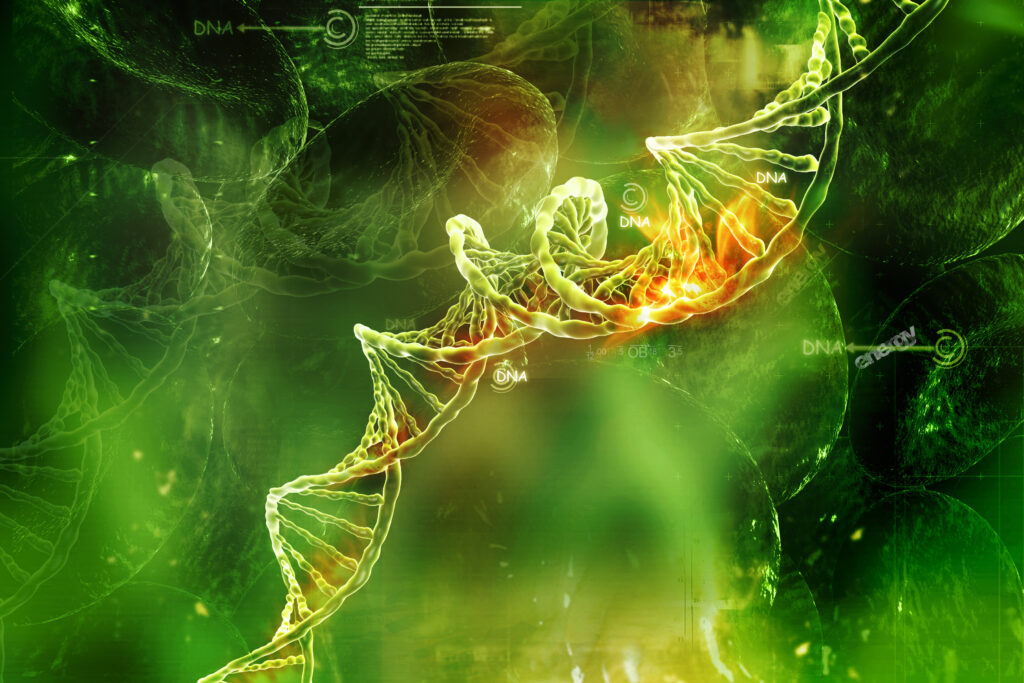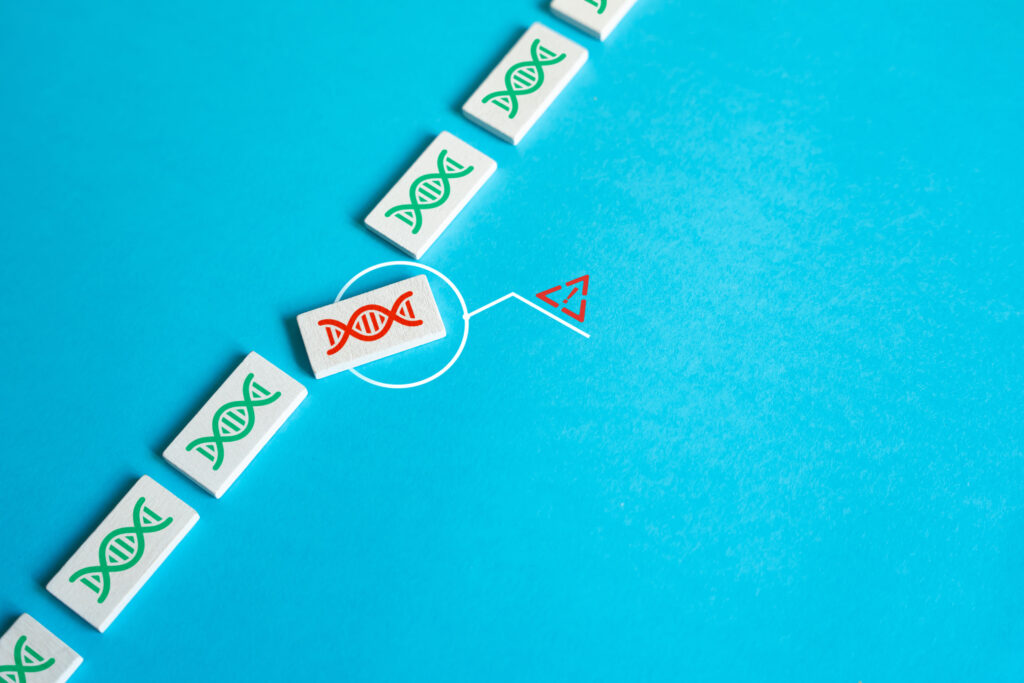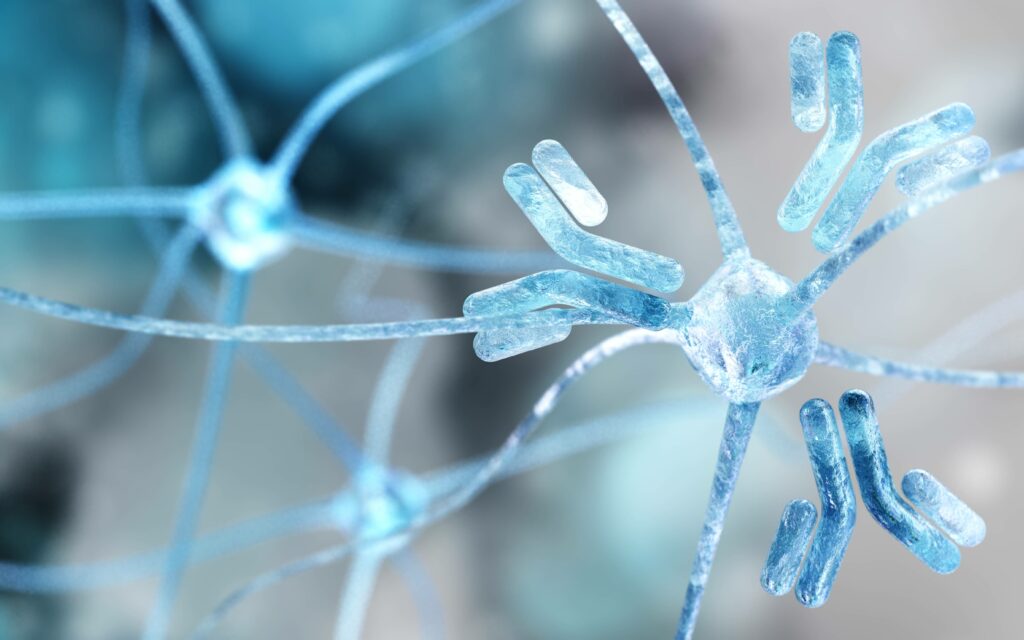
Even more from Jerry Coyne
In my last post I reported that University of Chicago evolutionary biologist Jerry Coyne, who had critiqued (http://tinyurl.com/2fjenlt) my recent Quarterly Review of Biology article (http://tinyurl.com/25c422s) concerning laboratory evolution studies of the last four decades and what they show us about evolution, had asked several other prominent scientists for comments (http://tinyurl.com/2cyetm7). I replied (http://tinyurl.com/4lq8sre) to those of experimental evolutionary biologist John Bull. In a subsequent post Coyne discussed (http://tinyurl.com/4tqoq7c) a recent paper (http://tinyurl.com/4shw456) by the group of fellow University of Chicago biologist Manyuan Long on gene duplication in fruitflies. After a bit of delay due to the holidays, I will comment on that here. Try as one might to keep Darwinists focused on the data, some can’t help reverting to Read More ›
